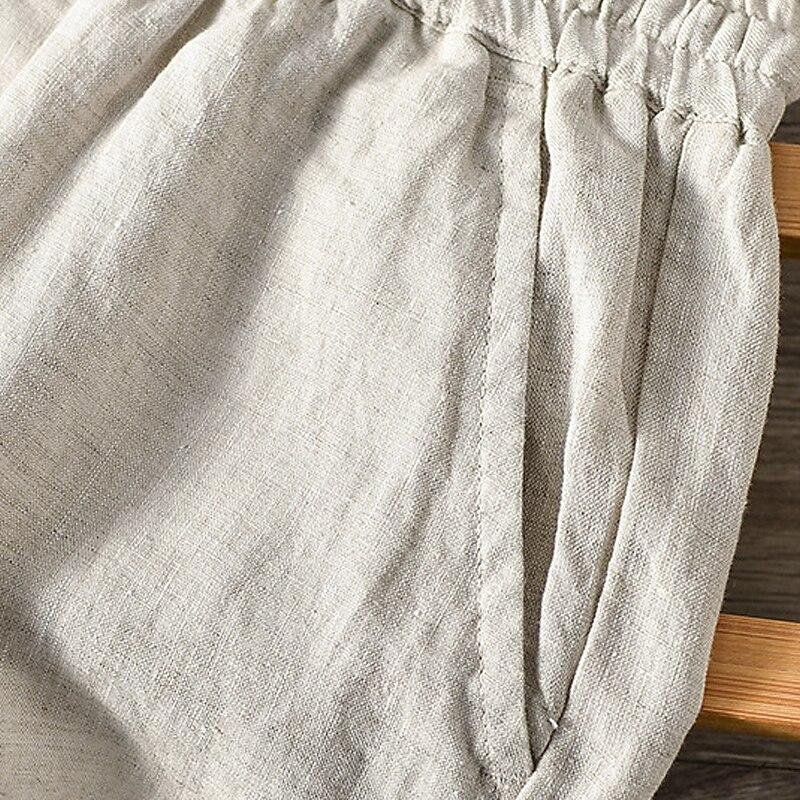“The Impact of Fashion on Consumer Behavior”
Tag: #fashion #consumerbehavior #apparel #trends
Blog:
Fashion has always been a powerful force in shaping consumer behavior. From clothing choices to shopping habits, the fashion industry has a significant impact on how we perceive ourselves and our surroundings.
One of the key ways in which fashion influences consumer behavior is through its constant evolution and trendsetting. As new styles and trends emerge, consumers are often compelled to update their wardrobes to keep up with the latest fashions. This drive to stay current not only creates a demand for new apparel but also drives sales for other industries such as beauty and lifestyle products that complement these trends.
Furthermore, fashion plays a vital role in self-expression and identity formation for individuals. The clothes we wear reflect our personalities, values, and beliefs, making them an essential aspect of how we present ourselves to the world. As a result, consumers can be heavily influenced by various factors such as social media influencers or celebrity endorsements when it comes to their clothing choices.
In recent years, there has also been growing awareness about sustainable fashion among consumers. With increasing concerns about environmental conservation and ethical production practices, more people are choosing to support brands that prioritize sustainability over fast fashion trends. This shift towards conscious consumption is changing the way consumers approach buying apparel, leading them towards more mindful purchasing decisions.
Moreover, technology has played a significant role in revolutionizing the way people shop for clothes. With online shopping platforms offering endless options at competitive prices along with personalized recommendations based on browsing history; it’s no surprise that e-commerce now accounts for a significant share of retail sales worldwide.
On top of influencing individual purchasing behaviors, fashion also impacts larger cultural phenomena such as social movements or economic shifts. For instance, during times of economic downturn or uncertainty; there tends to be an increase in popularity for affordable luxury items known as “recession-proof” fashion. This is a testament to the power of fashion in shaping consumer behavior even during challenging times.
In conclusion, it’s evident that the fashion industry has a significant influence on consumer behavior, and this impact will continue to evolve as new trends and technologies emerge. Whether it’s for self-expression, keeping up with trends, or supporting sustainability efforts; consumers are constantly looking towards fashion as a means of defining their identities and lifestyles. As we move towards a more conscious and tech-savvy society, it will be interesting to see how the relationship between fashion and consumer behavior continues to develop.

